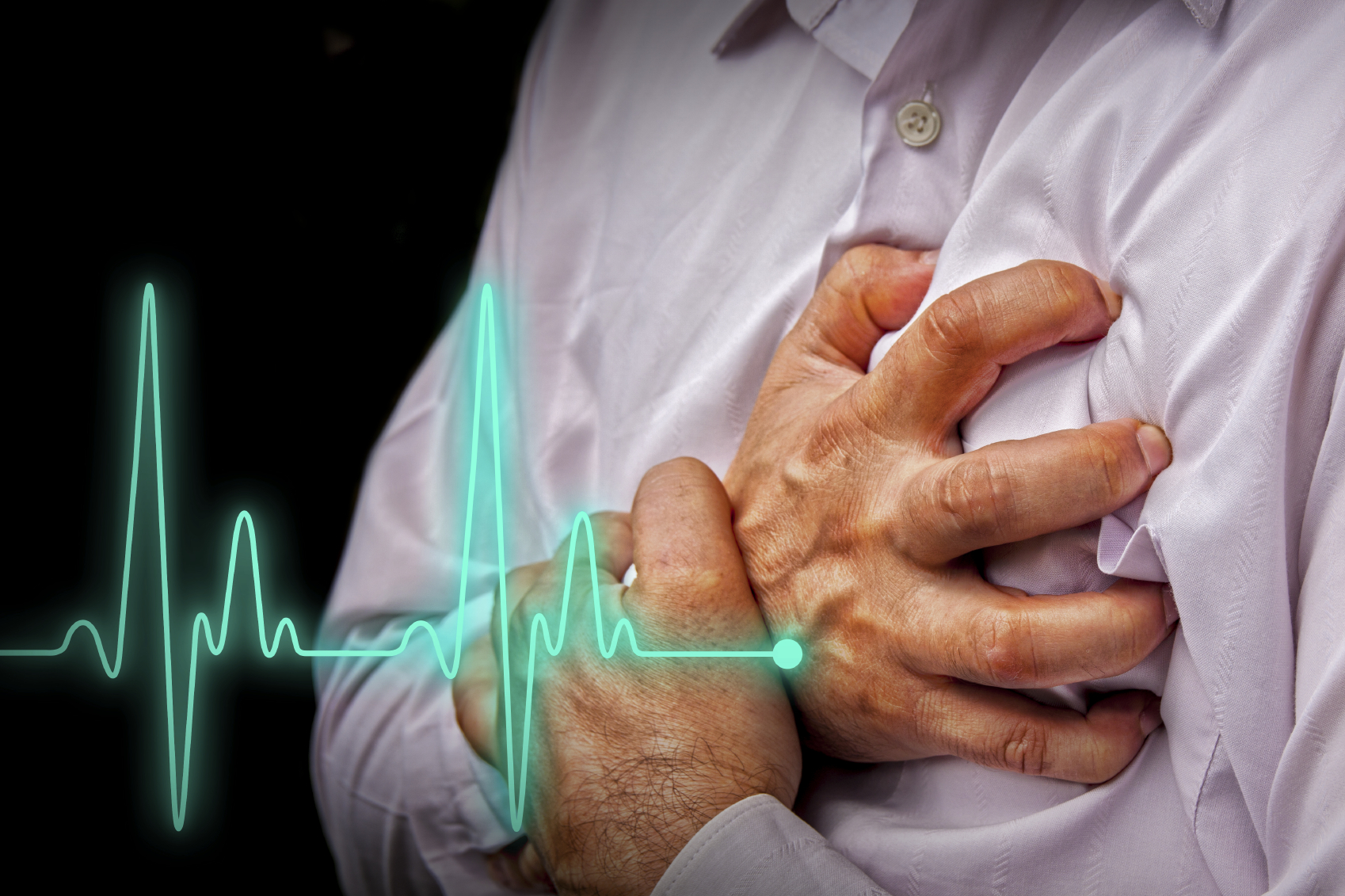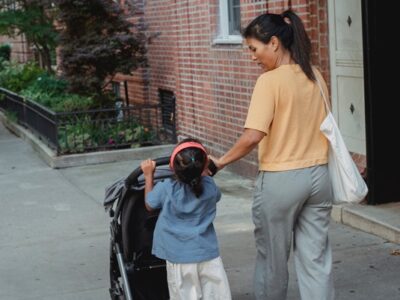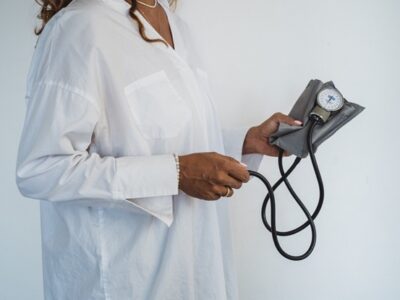
After cardiac arrest begins, the body begins a kind of shutdown, a reaction to a failure. The cortex, which is the part of the brain responsible for neural processing, drastically reduces its activities in up to 20 seconds, which means that, in exams that measure brain activity, it can happen to result in a straight line, as if the body was already lifeless.
Afterward, the body begins to carry out a series of processes that can cause other brain cells to stop working altogether. But this can happen hours after cardiac arrest. That’s why the first service is essential, both in quality and speed of action.
When CPR – Cardiopulmonary Resuscitation – is performed well, the blood can be transported to the brain, managing to revive part of its functions. But to have an idea, the result of the maneuver is, on average, 15% of what the brain needs to function normally; that is, it is necessary to keep it functioning only until the emergency arrives.
Leaving the patient without CPR and first aid, which includes performing CPR and using the AED, can cause the patient to go too long without oxygen to the brain, resulting in severe, life-long sequelae if it survives or even fatal to the victim. That’s why adequate first aid is essential so that the patient can be resuscitated and survive until the doctors arrive. The treatment of cardiac arrest must follow a specific protocol for each case, known as the primary chain of survival.
The first step is to call the emergency service (192) and ask someone to identify and look for the nearest AED Defibrillator. Then, after releasing all the victim’s airways, ensuring that the victim’s body is well ventilated, CPR massages begin, which must have between 100 and 120 chest compressions per minute to stimulate the heart to recover your heartbeats.
As soon as the defibrillator arrives, which should happen as soon as possible, it should be turned on and connected to the victim. The AED will analyze the patient and determine whether or not defibrillation is necessary. If the AED identifies that it is necessary, it will perform defibrillation, sending electrical stimuli in a correct charge to restart the heartbeat so that it resumes its rhythm. Subsequently, CPR must be resumed until the arrival of specialized help. After that, doctors or cardiologist can start to develop appropriate medications and other treatments to resolve the situation, and subsequently, an assessment of the possible cause of the cardiac arrest can be made.
After this situation is resolved, the patient needs to understand the reasons for the cardiorespiratory arrest and treat them correctly with appropriate medical follow-up so that the episode does not recur. Here’s why a second heart attack can be so dangerous.
Consequences Of Cardiac Arrest: Sequelae
Unfortunately, death rates from cardiac arrest are still high, but with the proper care, the chances of survival are high. However, the brain does not respond well to going even more than 5 minutes without oxygen. This means that the person who goes through a cardiac arrest can survive and have some sequelae.
In conditions of cardiorespiratory arrest, injuries usually occur in the brain area, as this part of the body that runs out of oxygen is the most affected. After 3 minutes without oxygen, some sequelae can be serious and irreversible. From 10 minutes without oxygenation, the risk of brain death is very high. Neurological damage is the most common in people with cardiac arrest. In more serious cases, motor difficulties, speaking, walking, and more serious cases can even lead to a stay in a vegetative state.











